Formula 1 is often talked about as a breeding ground for automotive technology, which had us wondering about some of the most interesting innovations that have been churned out by this racing series over the years.
It turns out that while many intriguing advances in F1 have remained restricted to the race track (and have enjoyed various periods of legality and banning in the rulebook), quite a few others have trickled down to the very vehicles being sold in showrooms today. The presentation may be less exotic, but the underlying principles are the same, making us curious as to what upcoming new car tech might be waiting in the wings at the race track.
Check out our take on 10 of the coolest Formula 1 technologies and why they’ve been important for the sport and in some cases, the street, too.
KERS
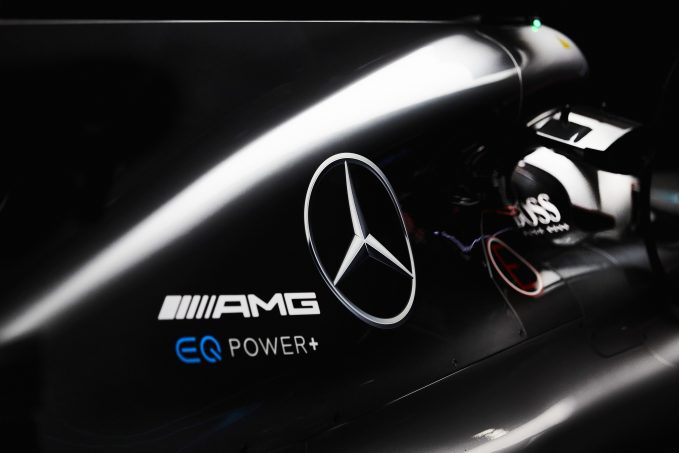
When an F1 car slams on the brakes at 200 mph, a serious amount of kinetic energy is bled away. What if it were possible to capture that momentum and store it for later use? That’s exactly what the Kinetic Energy Recapture System, or KERS, was designed to do. Introduced in 2009, KERS initially allowed teams to store up to 60kW of energy from the rear axle using either an electrical system or a spinning mechanical flywheel, and then dump that power into the drivetrain for a specific number of seconds per lap, effectively creating a hybrid race car.
In racing, KERS has been supplanted (or enhanced) by several new systems that can convert heat energy or kinetic energy into electricity for use by powerful electric motors that generate twice as much output as the original KERS design. On the street, Mazda has experimented with the i-Eloop flywheel recapture system on the Mazda6 sedan.
J-Damper / Inerter
A race car’s suspension needs to be as stiff as possible to enhance aerodynamic performance as well as reduce tire deflection and maximize the vehicle’s contact patch through the corners. Make it too stiff, however, and the resultant bouncing over rougher parts of the track can seriously compromise traction. Enter the J-damper. Developed by McLaren, and know known as the “inerter,” this technology uses a mass damper to absorb suspension loads by using a proportional force to cancel them out by way of a rotating mass attached to a damper rod and a flywheel. Think of the “inertial dampers” on that prevents the bridge crew from being plastered against the rear wall of the ship when jumping to warp, and you’ve got the general idea.
Active Suspension
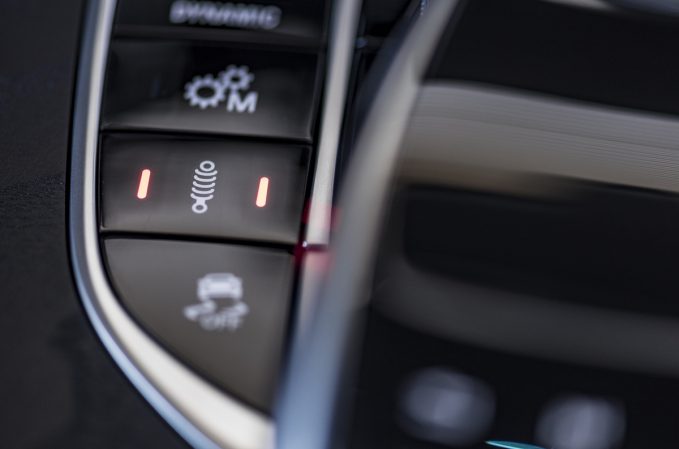
Feed a car’s suspension system enough data about the road it’s traveling over and then link it to a system that can adjust damper response accordingly, and you’ve gone a long way towards maintaining that all-important contact patch that we mentioned in the previous section. Again, Williams pioneered the use of active suspension systems in Formula 1, building on the concept introduced earlier by Lotus, but a mid-’90s ban on the system due to the feared increase in cornering speeds it would bring across the board eliminated it from the sport. The FIA is considering allowing active suspension systems to make a return in the near future, but until that happens, you can get your fix in any one of the dozens of sports cars, SUVs, and luxury sedans that currently feature this race-developed technology.
Steering Wheel Controls and Displays
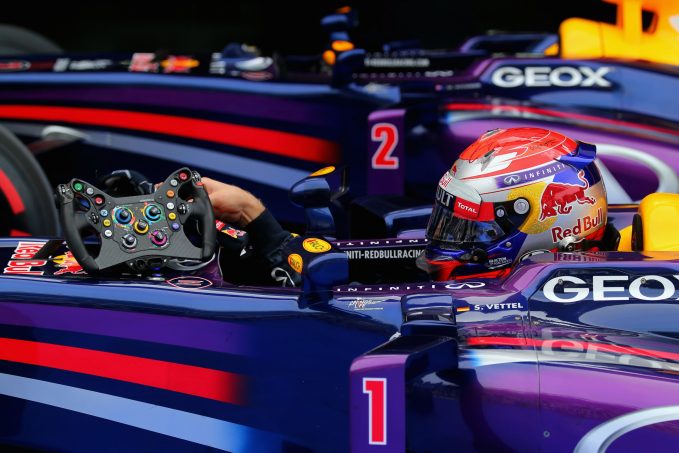
Formula One steering wheels look nothing like what you grip in your hands on your morning commute. These rectangular slabs pack as many buttons, toggles, screens, and dials as possible between their padded hand grips, allowing the driver to adjust engine and drivetrain performance, communicate with the rest of the team in pit lane, shift gears, and monitor vehicle data in real-time. The reason these wheels are so complex is because regulations prohibit crew members from making adjustments to the car remotely, putting all of that responsibility on the driver – while they’re driving at speeds that dictate keeping their eyes on the path ahead.
Monocoque Chassis
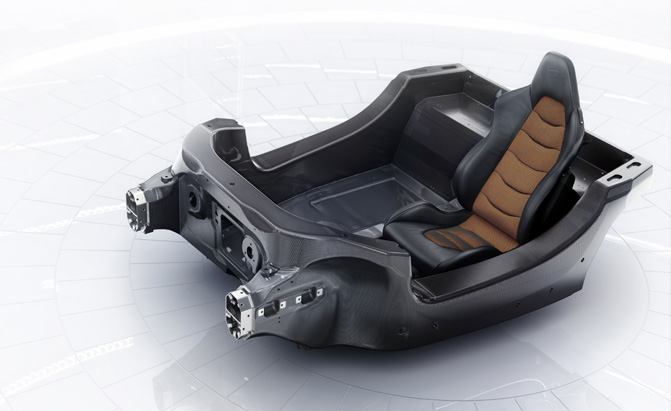
The idea of incorporating a vehicle’s body into its chassis in a single, load-bearing piece — rather than perching a separate body on top of a discrete frame, or using a spaceframe — was pioneered by Formula One. Called a monocoque design, Lotus pioneered the concept at the start of the 1960s by using aluminum as its material of choice, dramatically boosting the strength and rigidity of the car while also reducing its weight. Spaceframe and monocoque cars battled it out through the remainder of the decade before the latter won the day and set the pattern for all future F1 construction (which would move on from aluminum to make use of more exotic materials). Today, the world’s most powerful high-performance street exotics all use monocoque designs.
Carbon Fiber
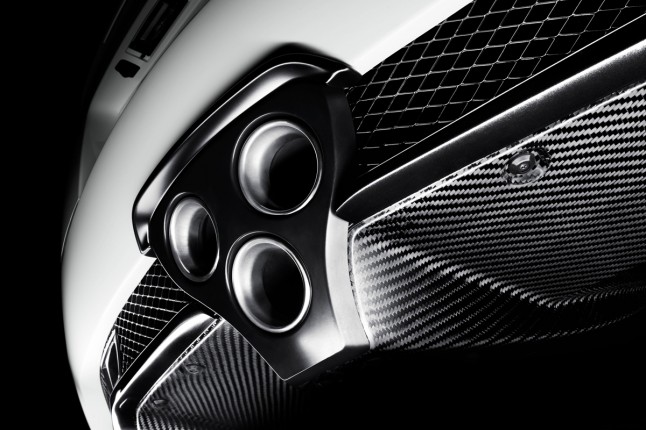
That material that F1 monocoque constructors turned to after reaching the limits of what aluminum had to offer in the early ’80s? Carbon fiber. This composite’s exceptional strength was first used to protect McLaren drivers by forming a safety cell around them within the monocoque design of the race car, but eventually, carbon fiber would be woven into entire F1 chassis and body as a way of further reducing the mass of race card without sacrificing protection or performance. Carbon fiber is often used in a weave with other materials such as Kevlar and aluminum to create a honeycomb sandwich that is twice as strong as steel at one fifth the mass. It’s also become popular for use with high-end sports cars as both a styling flourish and a genuine structural component, typically found in spoilers, wings, and roof panels.
Ground Effects
Keeping a car glued to the tarmac isn’t just a product of sticky tires and stiff suspensions. The ability to channel the wind moving over and under an F1 car’s body in such a way as to create something called down force has been crucial to increasing the speeds of modern racing. By the end of the 1970s, Lotus had discovered that designing the body of their race car to create a low pressure area underneath would help it stick to the track, kicking off an escalation of “wing car” designs that soon had FIA regulators panicking over incredible cornering speeds and the unpredictable behavior of these cars when their aerodynamic features were damaged in accidents. This lead to the introduction of the “flat bottom” rule that forbade any aero underneath the car, eliminated the presence of side skirts, and required a minimum level of ground clearance in pit lane. This slowed cars down significantly, helping to make F1 racing safer and forcing teams to get more creative in how they approached aerodynamic innovation.
Traction Control

Traction control systems use electronic sensors to automatically manage how much power is being put down to the pavement in an effort to prevent wheel spin. Although commonplace on road cars today, in the early ’90s, these systems were in their infancy and represented cutting-edge tech, and their use in F1 racing lead to several controversies and conspiracy theories surrounding teams and drivers believed to be leaning on these electronics to win races and championships. Banned by the mid-’90s, then unbanned in 2001 because F1 realized there was no way to effectively determine which vehicles were using it, traction control has vacillated between these two poles ever since.
DRS
Those same aero systems that produce the downforce necessary to remain stable in corners without letting off the accelerator can be something of a liability at very high straightaway speeds. DRS, or Drag Reduction Systems, allow drivers to actively adjust the angle of the rear wing in the car so as to reduce this drag and increase top speeds. F1 allows drivers to use DRS only in specific zones of a track that are felt to be safe for a few extra miles per hour, and further, it’s restricted to situations where a car is following another within a second of its lap time so that it can assist with a pass.
The Plank
Low-tech can be just as fascinating as high tech sometimes, and the plank is a perfect example. Did you know that each modern F1 car has a piece of wood attached to its belly? Also called a skid block, this unique rectangular slab is there to prevent teams from cheating on ground clearance. In the rulebook since 1994, this beechwood composite material must remain 10 mm thick across its entire length and width, with a tolerance of 1 mm in either direction to account for occasional rubbing. Each block is measured at the end of a race to check for excessive wear, which can disqualify a team from competition.



Leave a Reply